Every year it’s the same old routine – mule deer, whitetails, maybe even a moose or an elk. But why stop there? British Columbia has some amazing hunting opportunities that can not only fill your freezer, but make for an interesting way to explore our own back yard – Sitka blacktail being one of them. Sitka blacktails can be hunted on Haida Gwaii with a very generous limit, making it a worthwhile consideration for any hunter.
Advertisement
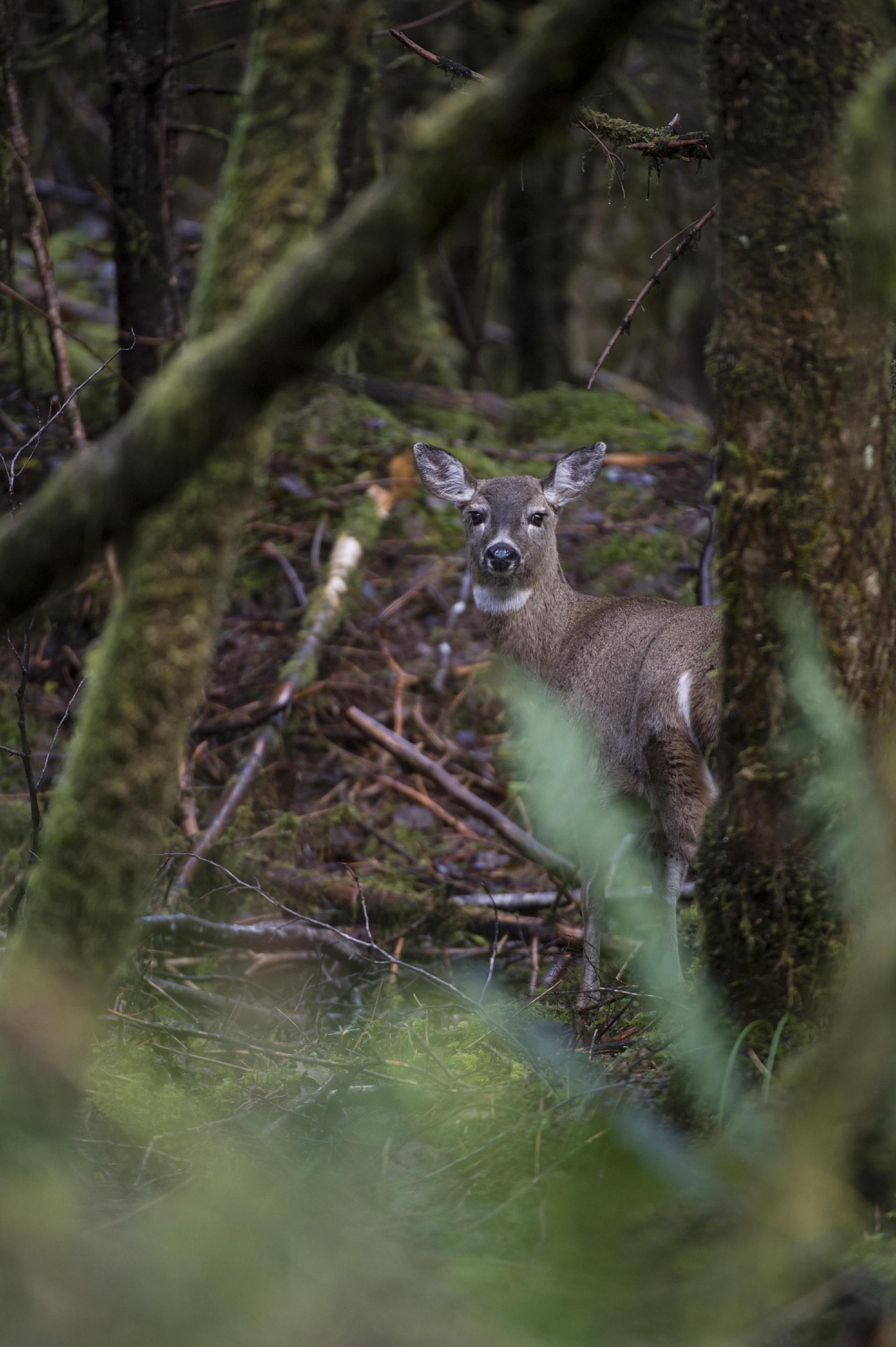
Opportunity
Haida Gwaii, formerly known as the Queen Charlottes, is one of the most unique deer hunting opportunities in British Columbia. Not only is there a generous limit: 15 each year – five in possession (check the regulations prior to your trip), but you will be hunting in an ecosystem unlike any other in BC.
During the early season, you are able to harvest antlered Sitka blacktail, but once fall rolls around, there is also a season for antlerless Sitka blacktail as well. For those who love big antlers, this might not be the place for you, but for the others who want a great quality hunt, you should not overlook this opportunity.
Advertisement
Since the season opens up far earlier in the year than all other fall seasons, this can be a great chance to fill the void between spring bear and your typical fall hunts. Not only can you plan a hunt, but you can even bring the family along to explore the islands or even tighten some lines with the extraordinary fishing that can be found in various locations throughout the islands.
If you do end up considering a summer trip, there are many fishing lodges and outfits that would be more than happy to take you out for a day of river or ocean fishing, depending on what you’d be after.
Advertisement
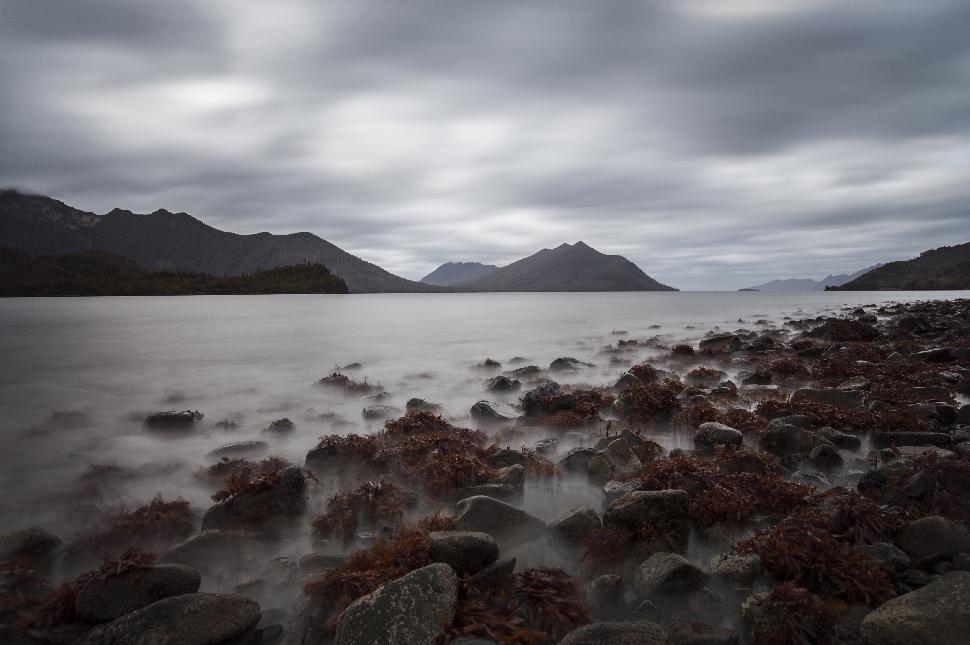
Getting There
Since it is a fairly remote location, getting to the islands can be quite a task. You have one of two options – drive to Prince Rupert and take BC Ferries across to Skidegate (located on Graham Island), or you can fly into Sandspit (located on Moresby Island) in which case you would have to rent a car and go from there.
For most hunters, taking the ferry will be a much better option. Not only can you pack a lot more gear with you, it also makes it a lot easier at the end of the trip when you are leaving the islands with multiple deer.
Depending on the time of year, you might need to take an evening sailing of the ferry. If this is the case, be prepared to either get one of the comfortable sleeping cabins on the ferry, or you might want to bring a pillow so you can catch a few hours rest in the main sitting areas.
If you do consider flying and renting a truck for whatever reason, be sure to check with the rental agency since most have a rule in place so that you are not allowed to take their vehicles on the back roads. Since this is the primary way to get around while hunting the various areas on the islands, this might not be the ideal choice.
Depending on where you plan on hunting, there will possibly be an extra ferry ride involved in your trip. If you fly in, but intend to hunt the north island (Graham Island), or if you take the ferry from the mainland but would like to venture out in the south island (Moresby Island), it will be required. Although this ferry runs multiple times during the day, if you plan on being out at first or last light, depending on the time of year, you might need to stay the night in that particular area.
The Area
Haida Gwaii is divided into two hunting zones, 6-12 and 6-13. On the north island, you’ll find that this is where most of the cities are, and the residents live. On the same note, there are a lot less areas closed to hunting than you’d find on the south islands.
To get around, there are two main access roads, the highway and the main haul road. From either of these two arteries, you’ll be able to find vast expanses of land to explore and you will have no problem getting away from other hunters.
The south island(s) are more untouched and less inhabited, but with that comes difficulty planning a hunt. There is a national park that makes up a large amount of the landscape which is completely off limits to hunting. Along with the large amounts of off limits territory, there seems to be less forestry development, which in turn gives you a lot less access and areas to get away from the crowds.
The Haida Gwaii islands are primarily made up of rolling hills and small mountains which you’d think would make for easy spot and stalk hunting – this is definitely not the case. With the density of much of the forest floor, these deer are able to escape like ghosts.
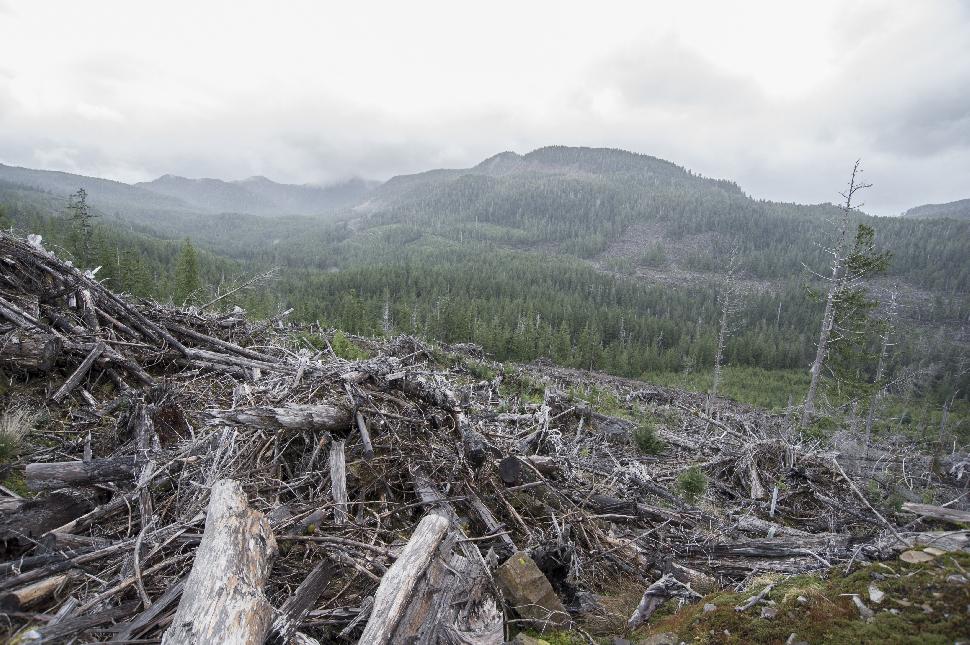
Accommodations
On the islands you will find a variety of locations for backcountry camping, as well as numerous B&B’s, hotels and guesthouses that are more than happy to cater to hunters. While on my latest hunt out there, I stayed at a guesthouse in Tlell which went out of their way to help me. Everything from detailed maps of the area, to pointing me in the right direction, and lastly providing freezers to keep my meat from spoilage once I began filling tags.
If you do choose to camp off the grid, you can find numerous rec sites scattered throughout. At peak times of year these can be full so ensure you have a backup plan in place with enough fuel to get there.
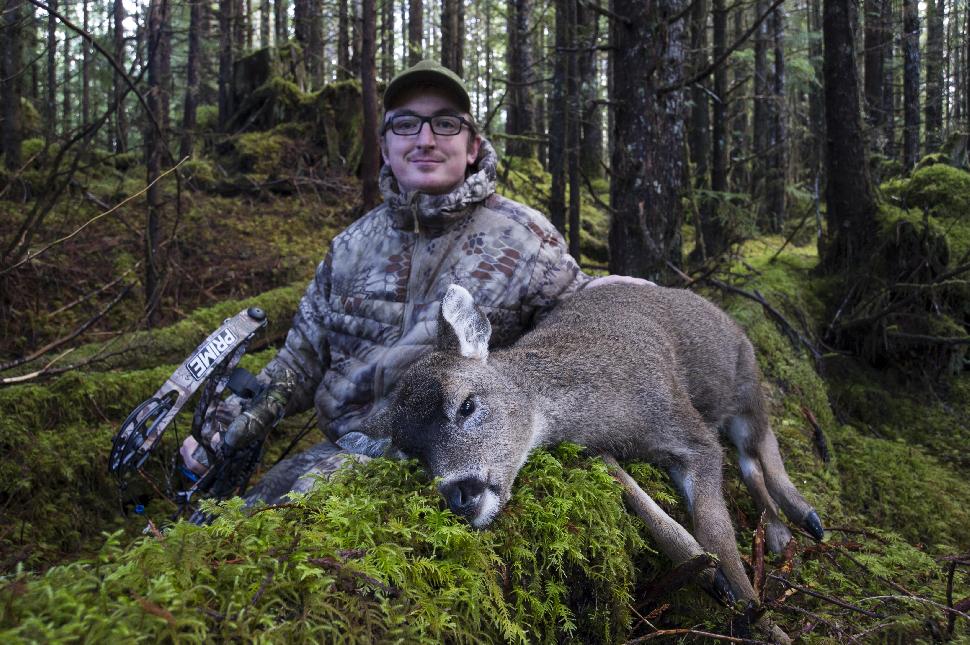
Hunting Methods
From my own experience, I have found three methods that worked for hunting these small ghosts. First and most productive would be spot and stalk during peak movement times such and morning, evening, or anytime during the rut. On any given day I was able to locate 20-40 deer by glassing the cut blocks, river edges, and ocean shorelines.
The next most productive method that I have found to work, especially for bow hunting, is calling them into range. Although I did not test all the various buck and doe calls available, I had good success while using a fawn in distress call. Not every calling setup would necessarily bring in deer, but after moving from cut block to cut block, I typically found that one out of every four or five calling sessions would bring deer to within bow range.
The third and least productive method that I have experienced is still hunting. This can be anything from walking along an old deactivated logging road, to slowly moving your way through the rainforest – glassing every few feet. The difficulty with this method was typically that the deer had me pinned long before I was able to spot them. This meant they would disappear into one of the many folds in the landscape, usually just as I’d catch a glimpse of them.
The Right Weapon
When it comes to hunting these small deer, it is very easy to be over-gunned. Calibers like .7mm, .300’s, and .338’s that are commonly used to shoot deer on the mainland, will do way too much damage on these small animals. As far as rifle hunting goes, smaller calibers like .243’s or .7mm-08 are ideal. This does not mean if you don’t own a smaller caliber gun, that you need to go out and buy one – it’s more just something to take into consideration if you have a variety to choose from at home.
Bow hunting Sitka blacktails can be one of the most entertaining animals to pursue in British Columbia using archery tackle. No matter what type of bow you are using, whether it’s a crossbow, compound, recurve, or longbow, you should be more than capable of taking down these animals. The contour of the landscape as well as the quiet, mossy, and often wet ground, allows you to play the landscape and sneak up to these animals with relative ease, making this a great choice of weapon to hunt with.
According to the most recent regulations at the time of writing, centerfires, certain shotguns, as well as all the bows listed can be used as long as they meet the minimum requirements listed within the hunting regulations.
Challenges
The number one challenge that I faced while hunting blacktails was properly guessing the yardage. From a lifetime of hunting, I am accustomed to seeing a lot larger body size of deer (both mule deer and whitetail), so when it came time to come to full draw, I guessed the yardage as being further away, simply due to how far away they appeared since they were smaller. I know for the many hunters that use laser rangefinders, or are hunting with a rifle inside of 200 yards, this will likely not make a difference, but it is definitely something to take into consideration when it’s crunch time.
The second challenge is the weather – be prepared for rain, and lots of it. Although most hunters hunt in all weather, it is best to make sure you are going to be prepared heading into this trip with dependable gear. Out of the 10 days I hunted there on my recent trip, it rained daily – sometimes all day. Luckily I had my Kryptek rain gear that kept me bone dry.
Lastly, although this is not important to all hunters, I found that finding a trophy class buck was quite difficult. When I say trophy class buck, I mean something that would be a contender for either Pope and Young or the Boone and Crockett record books. While there were many spikes and fork horn bucks around, it proved nearly impossible to find anything that was a 3×3 or 4×4. This is not to say that they don’t live there – it is just difficult because of the sheer volume of cover that they have available on the islands, than many of them will likely never been seen by humans.
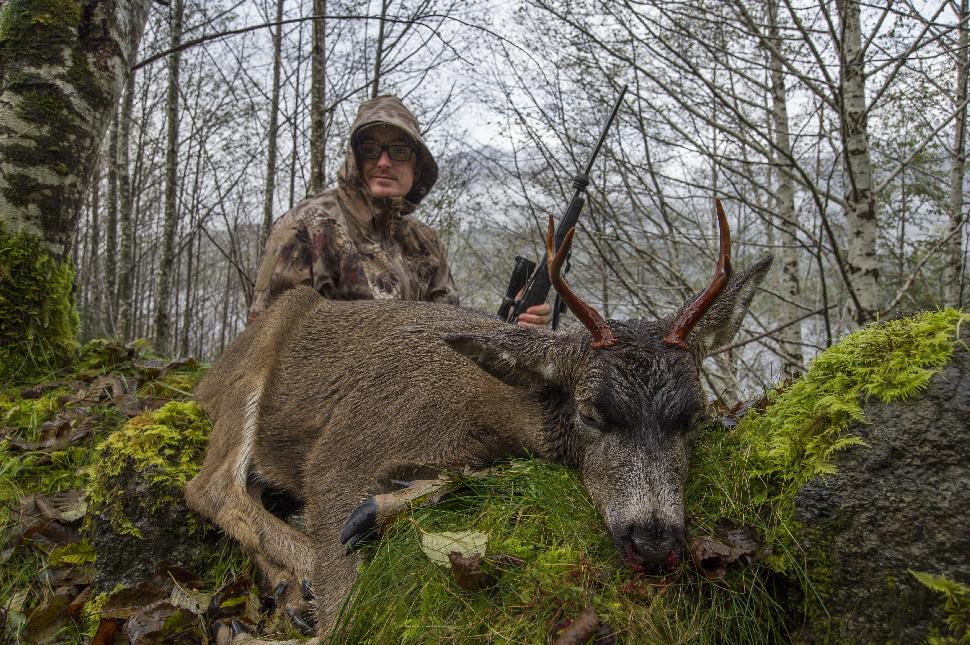
Meat Care
With any season that goes through the summer months, it is very important to have a plan in place on how you will deal with the meat as you fill your tags. There are meat hangers, butchers and freezers available on the island. This can be a great option for those people staying in town, but for the hunters who decide to set up their own camp in the bush, precautions should be taken.
For those operating large trailers, bringing along a small deep freeze can be a great option. It will likely remain cool enough if you just run it as you are running your trailer anyway, and will ensure no spoilage. For me, I took the route of using one of the many amazing new coolers on the market (Orion Coolers) filled with ice. I filled the coolers completely full of ice at the start of the trip, and has I harvested the deer, I would remove just enough in order to fit the deboned meat in. This method worked great, and allowed it to stay cool until I could get the meat back to the freezers at the homestead I was staying at.
First Time Hunters
When considering where to take your son, daughter, or other hunting buddy for their first hunt, Haida Gwaii should definitely be high up there on the list of places to choose from. Not only will they see lots of deer, this will allow for lots of initial practice stalking and hopefully, multiple big game kills – something where in normal areas, you’d be lucky to get them there first animal during the first year.
If considering doing this hunt with a first timer, I would recommend going during the season where both sexes of deer are allowed to be harvested, that way there will be the highest odds for success. It’s great to take the stress out of getting a buck, and just allowing the first timer to experience the rush that is involved in a kill.
Although during my recent trip, I was not fortunate enough to tag out on trophy bucks, the hunt still rates very high in my books. Everything from the ecosystem, the terrain, the deer behaviour, and the abundance of animals – it had all made it a memorable trip. If you are tired of doing the same old thing year after year, give it a try. You won’t regret it – plus, it is some of the best deer meat I’ve ever had!